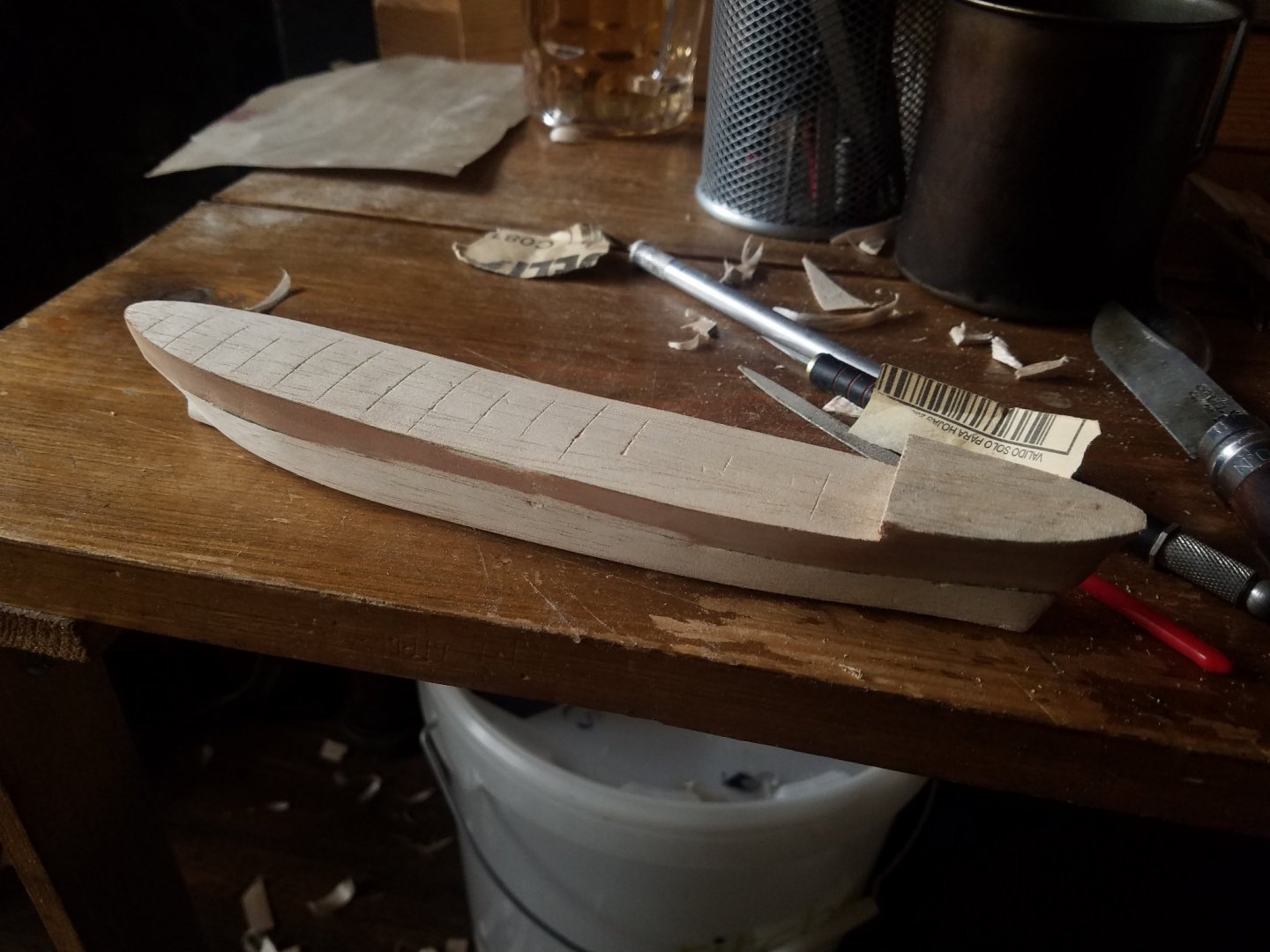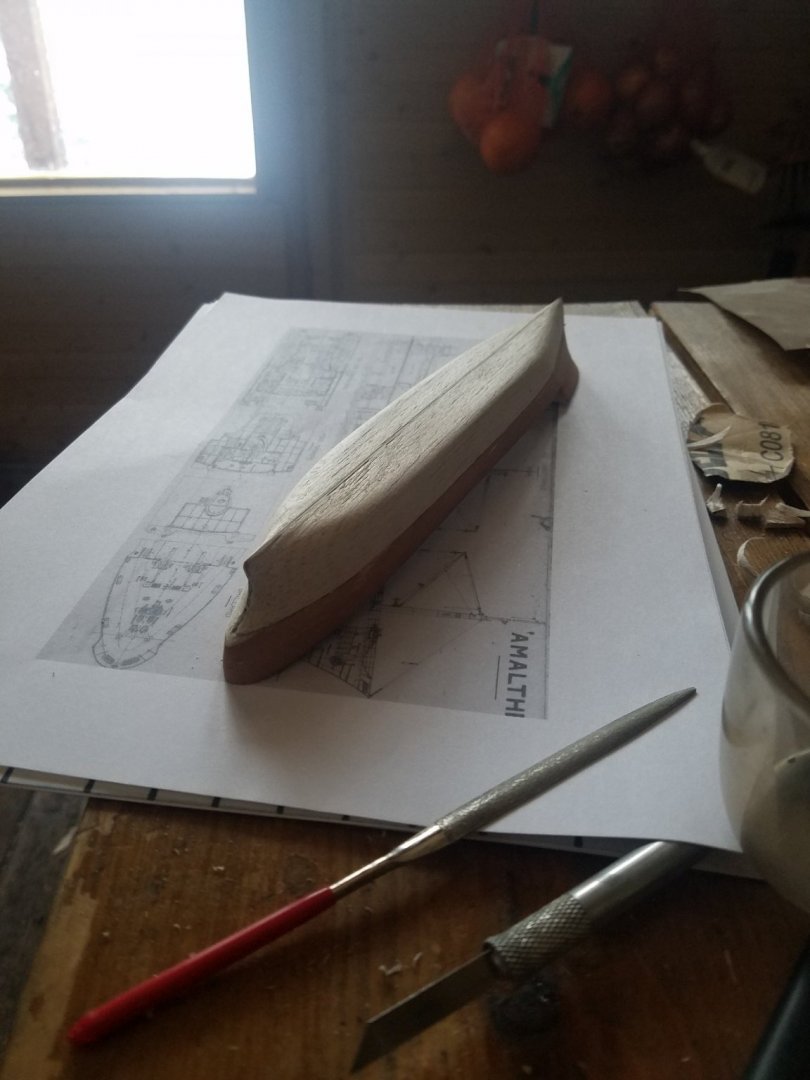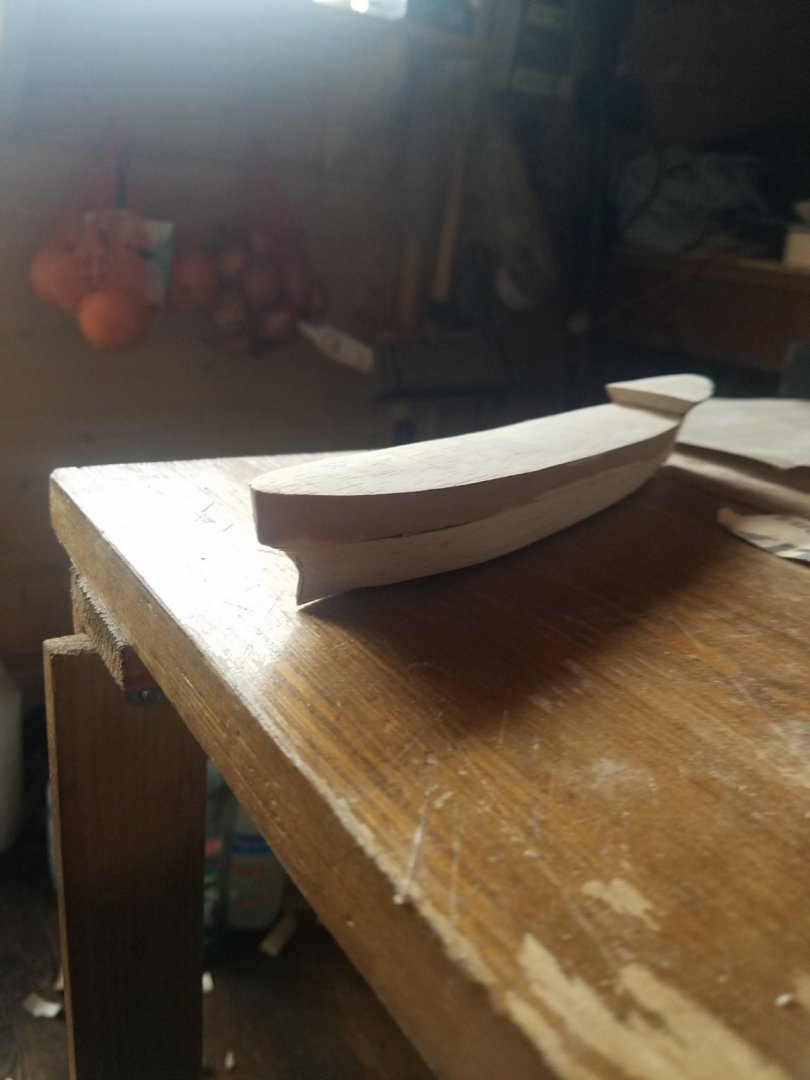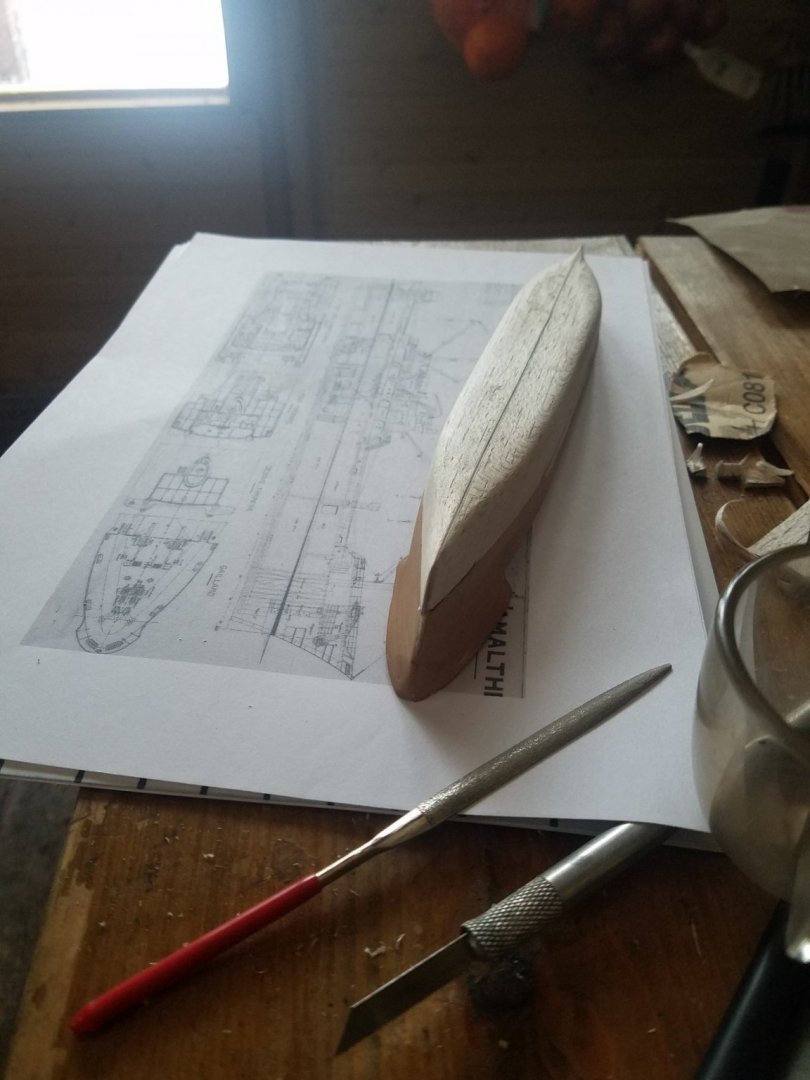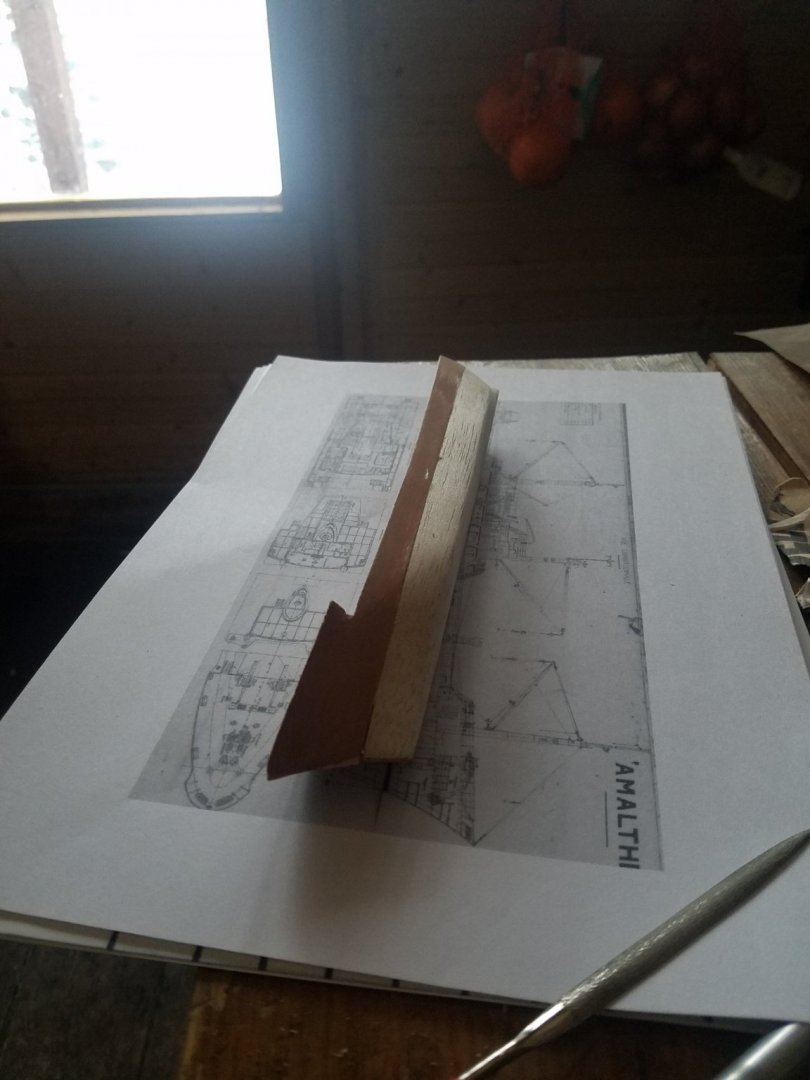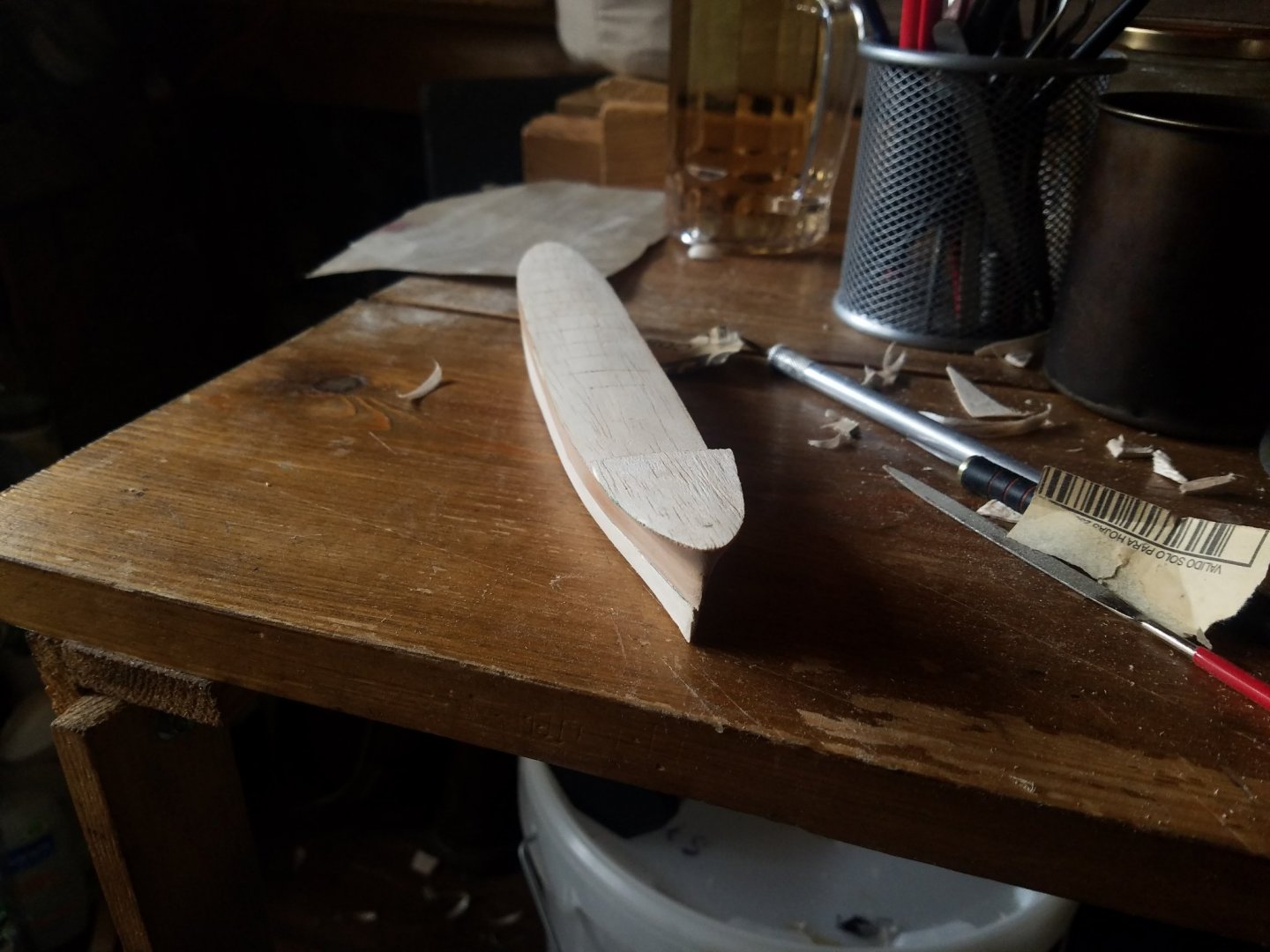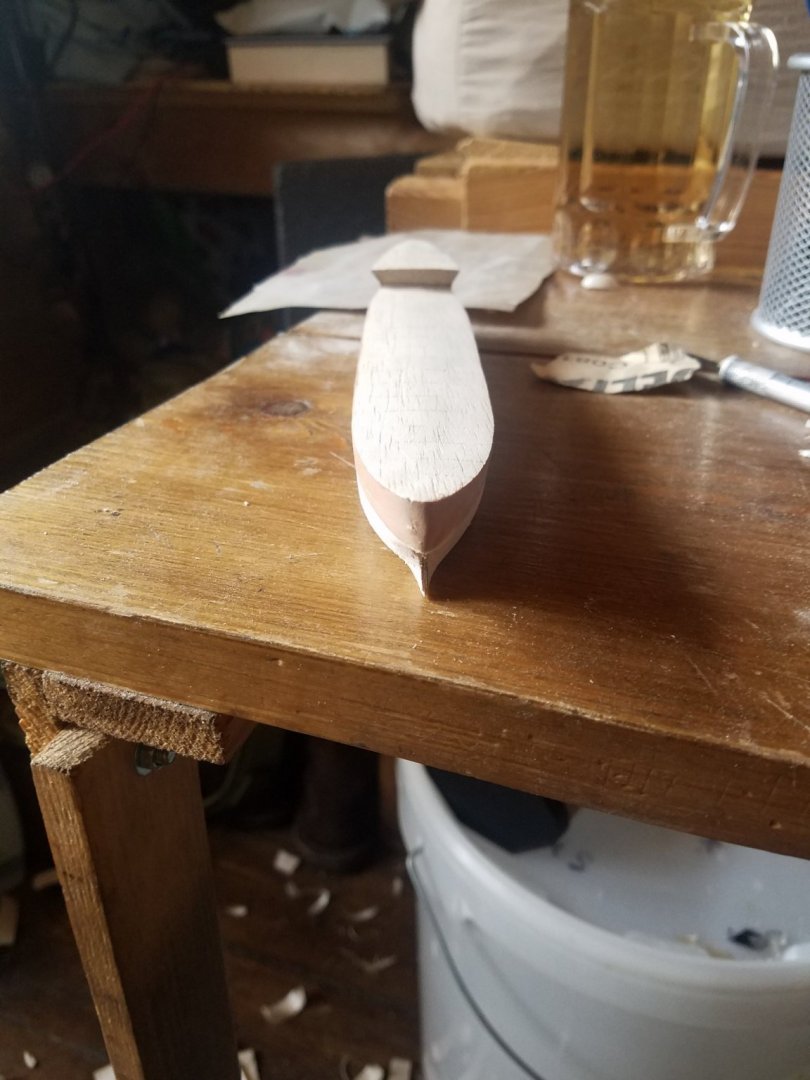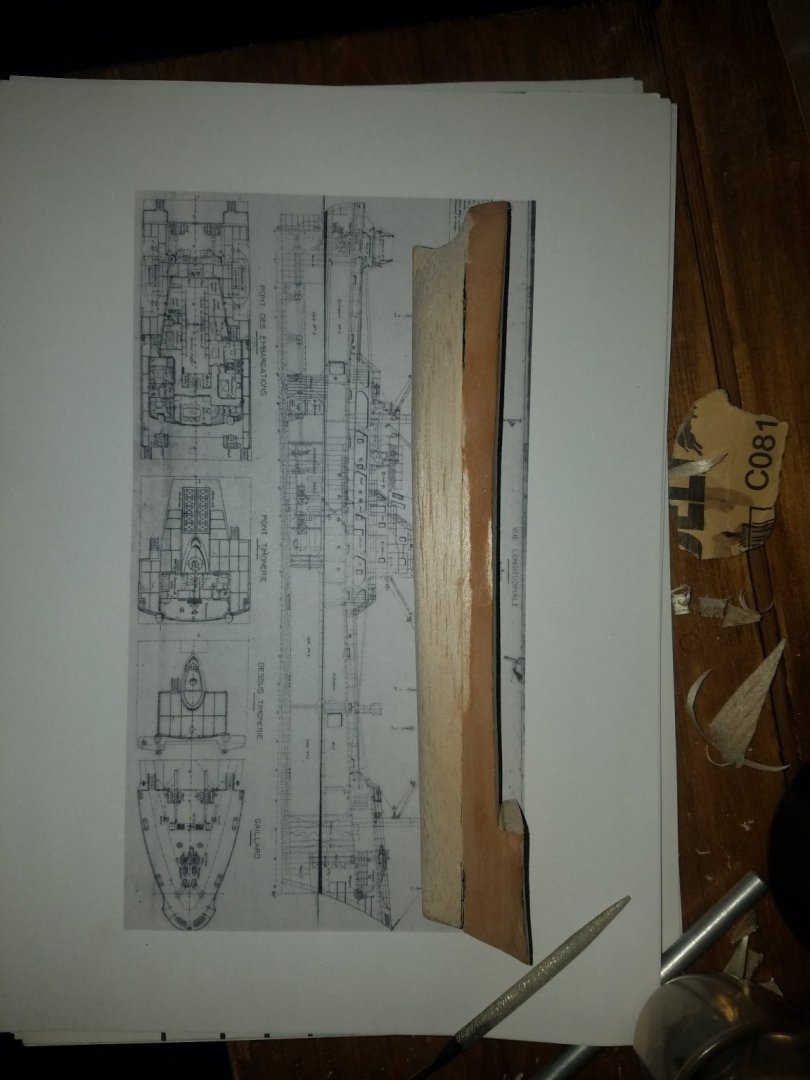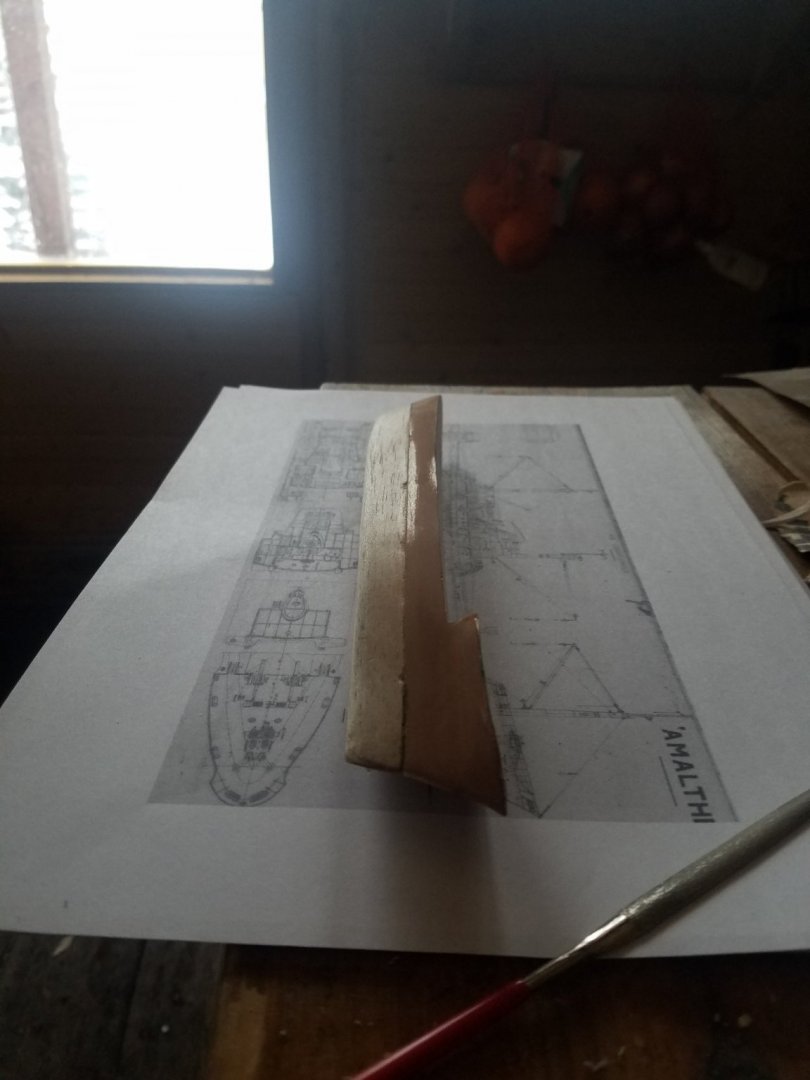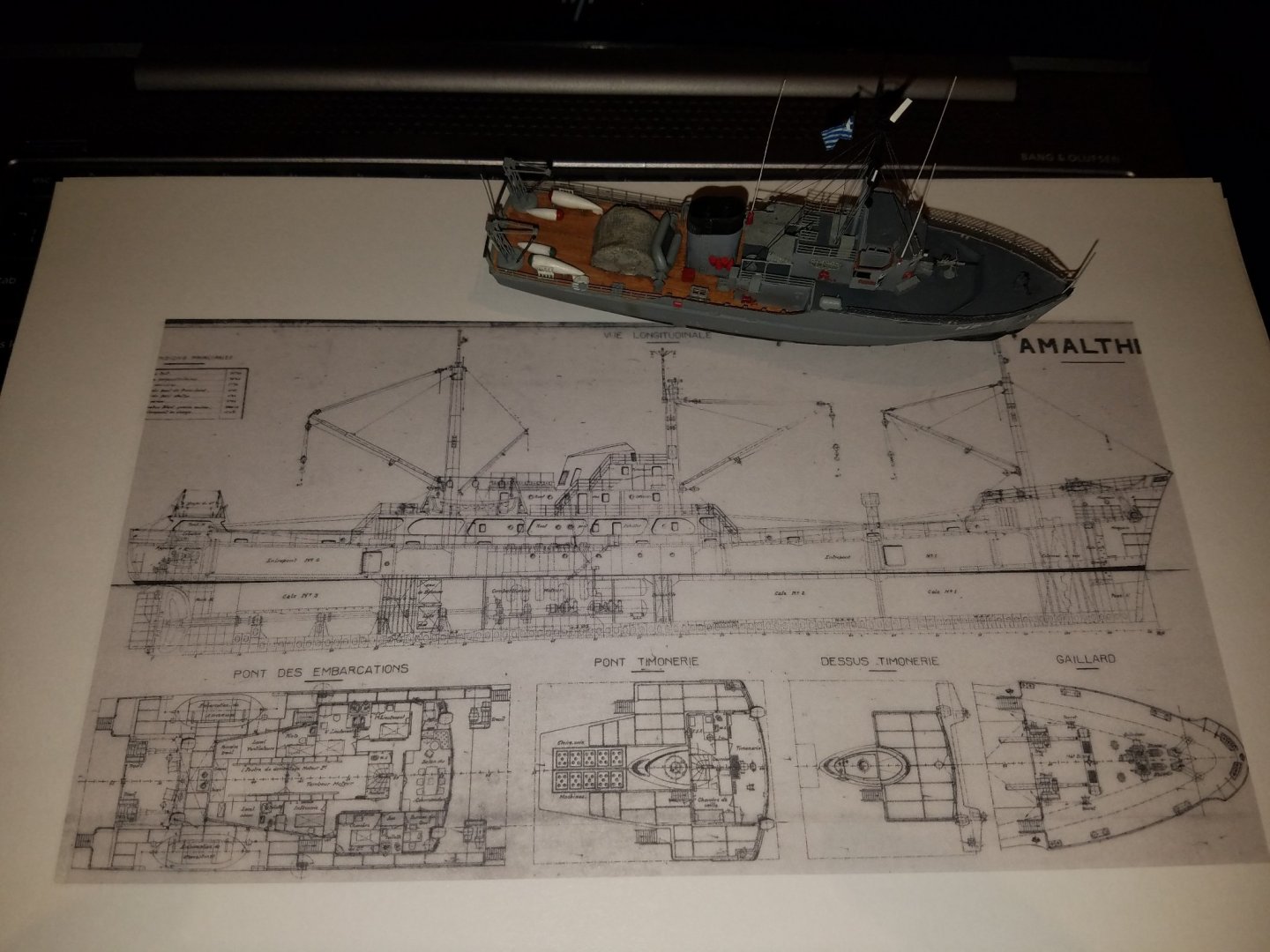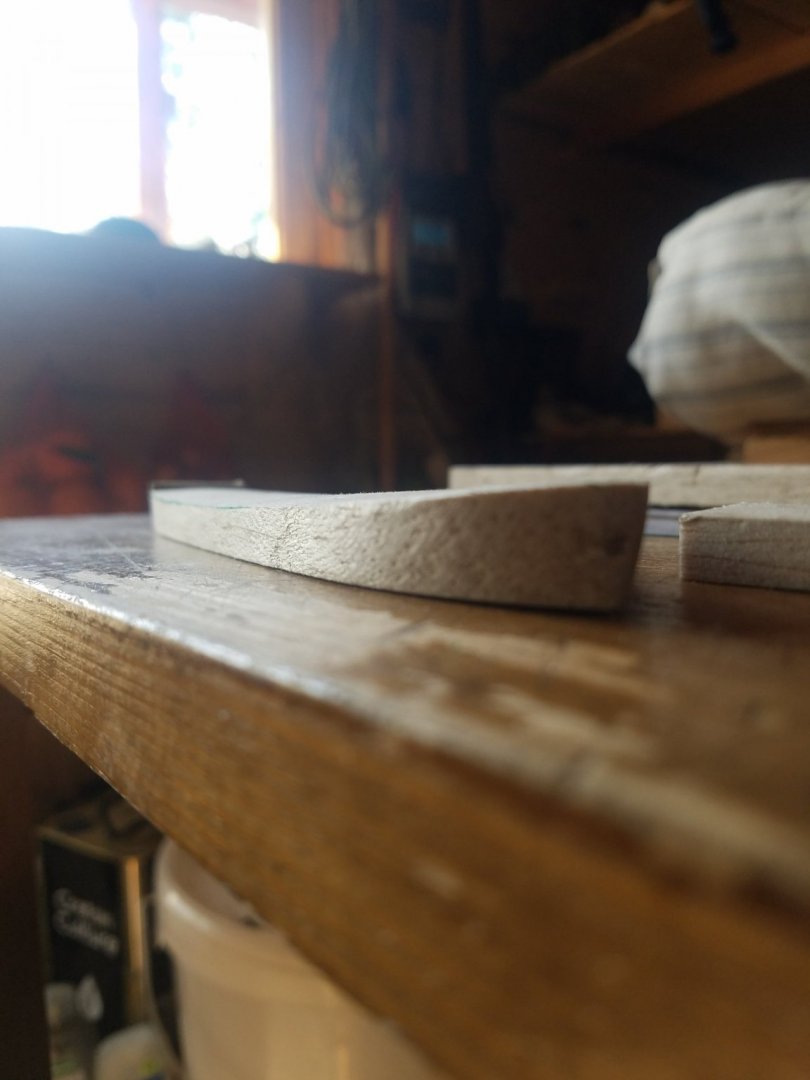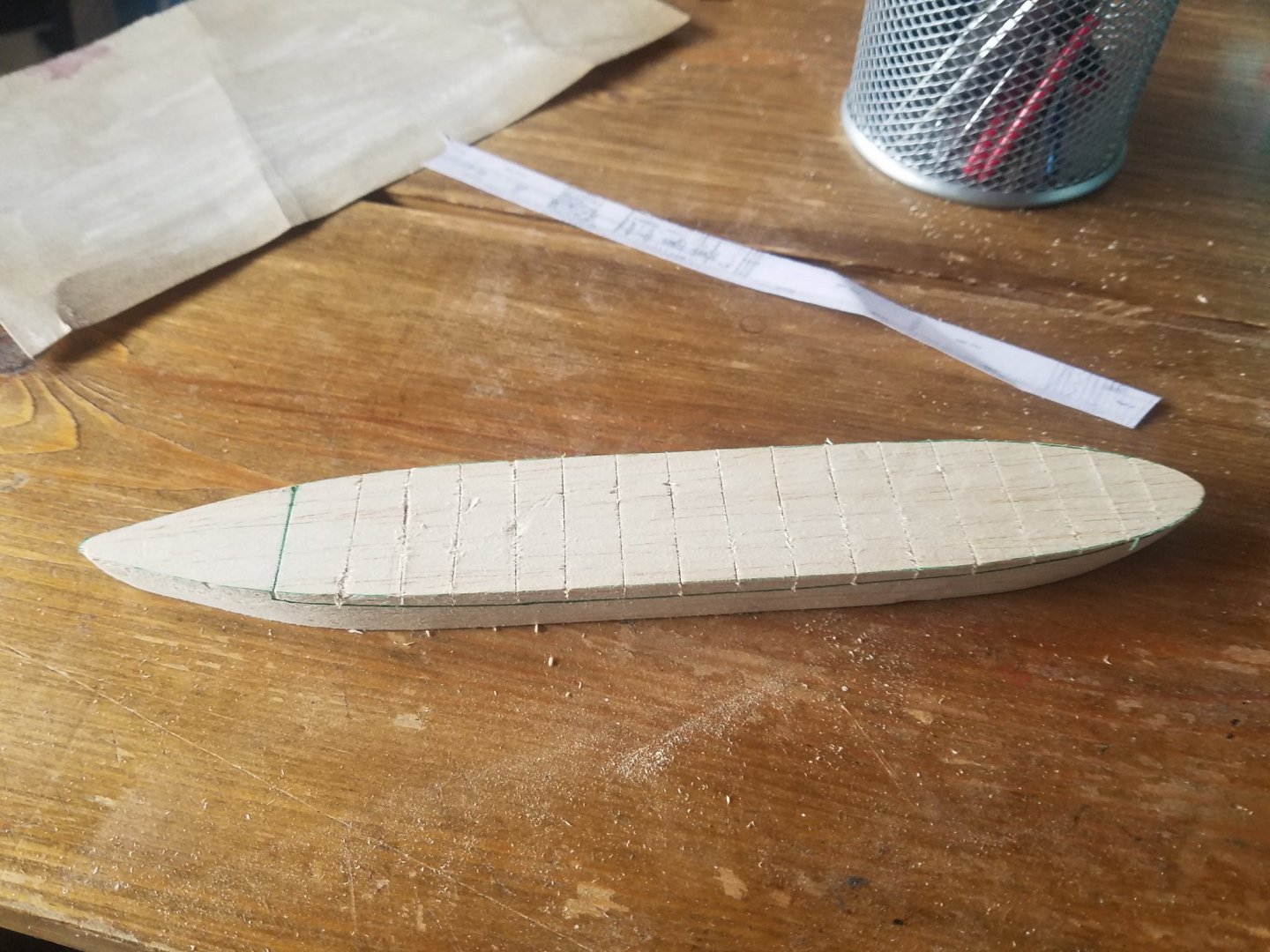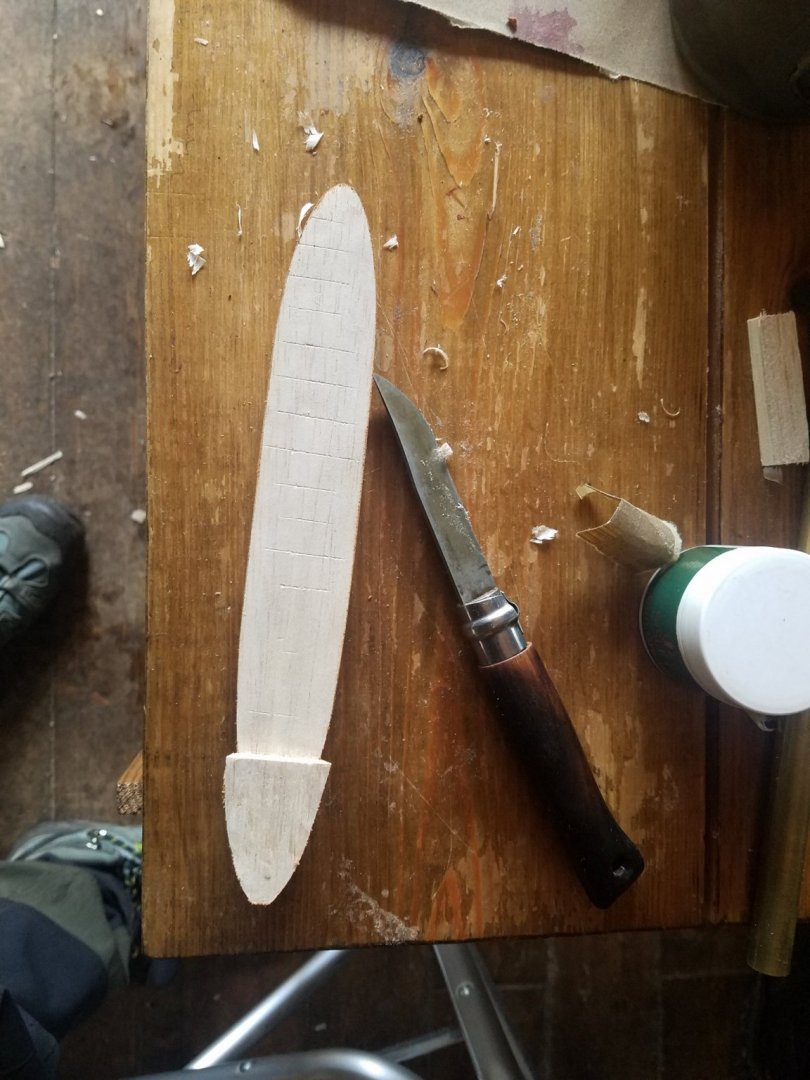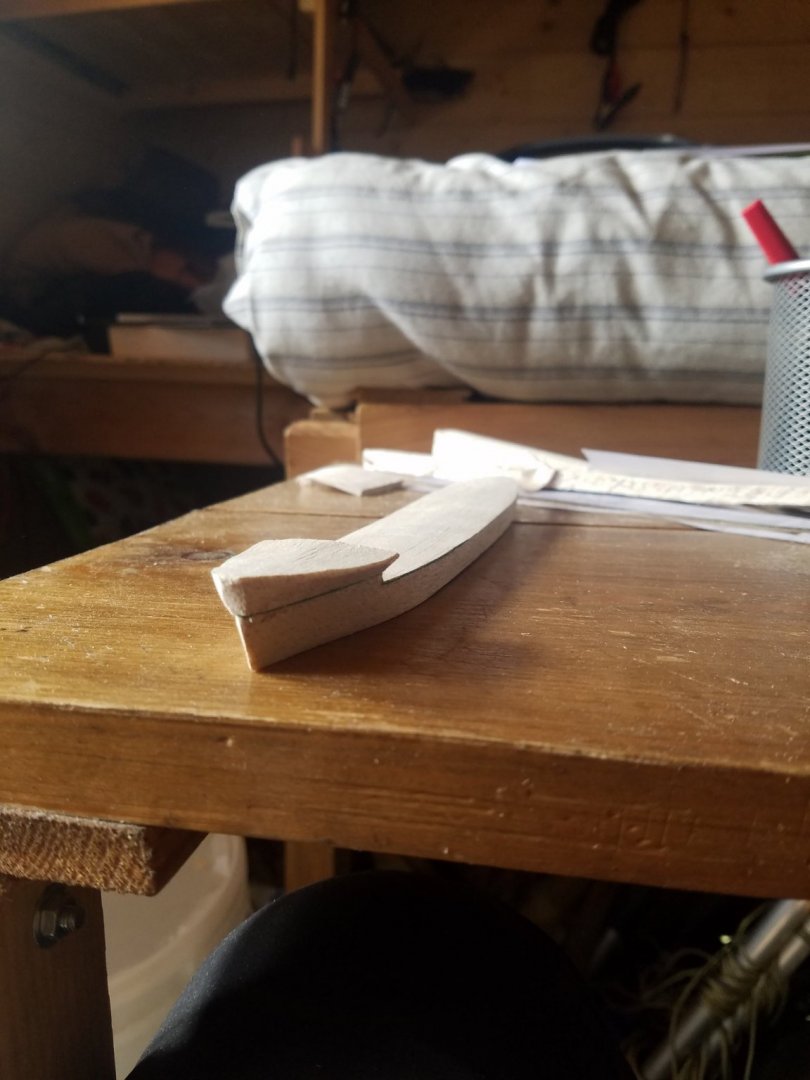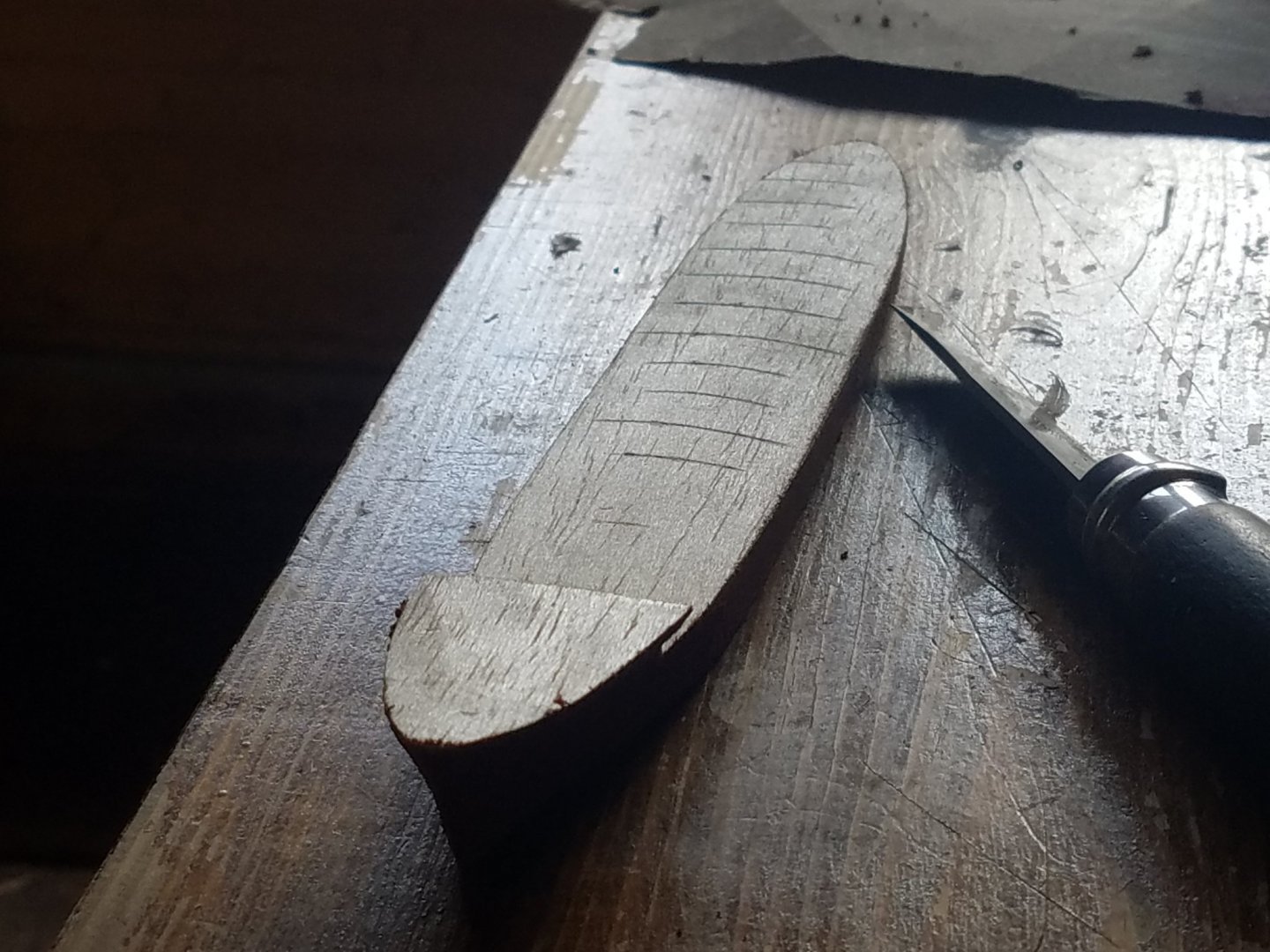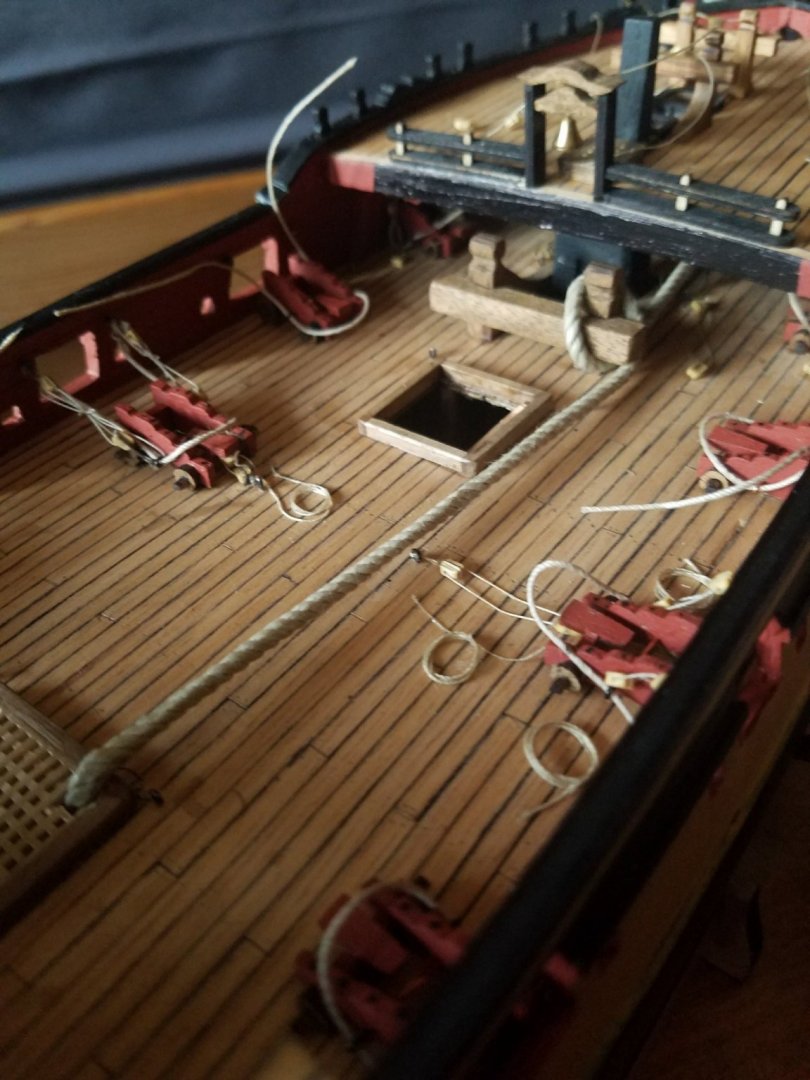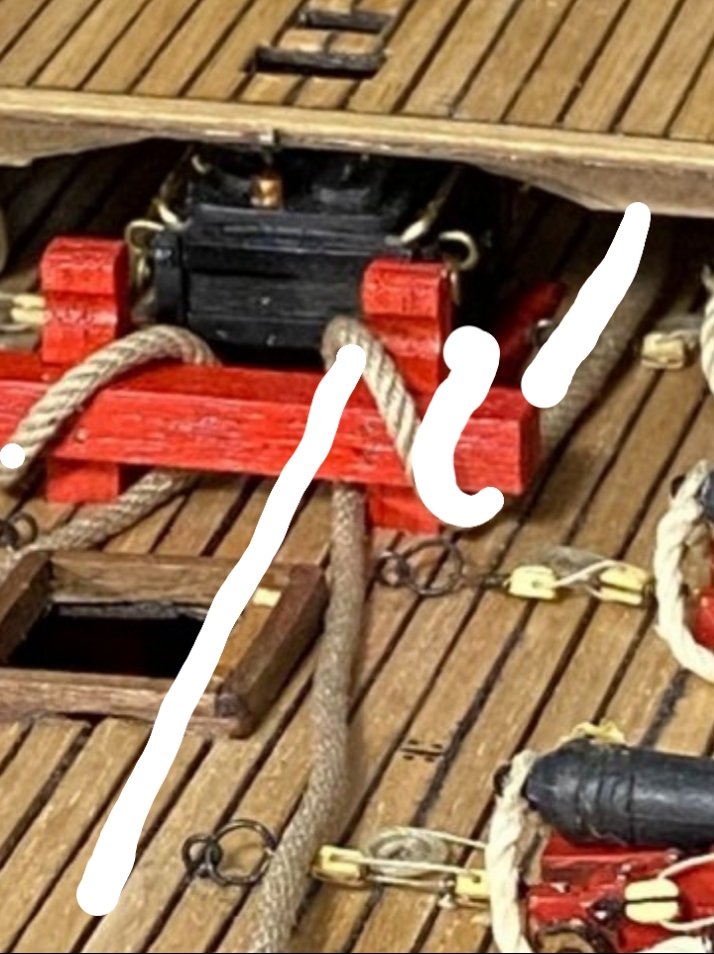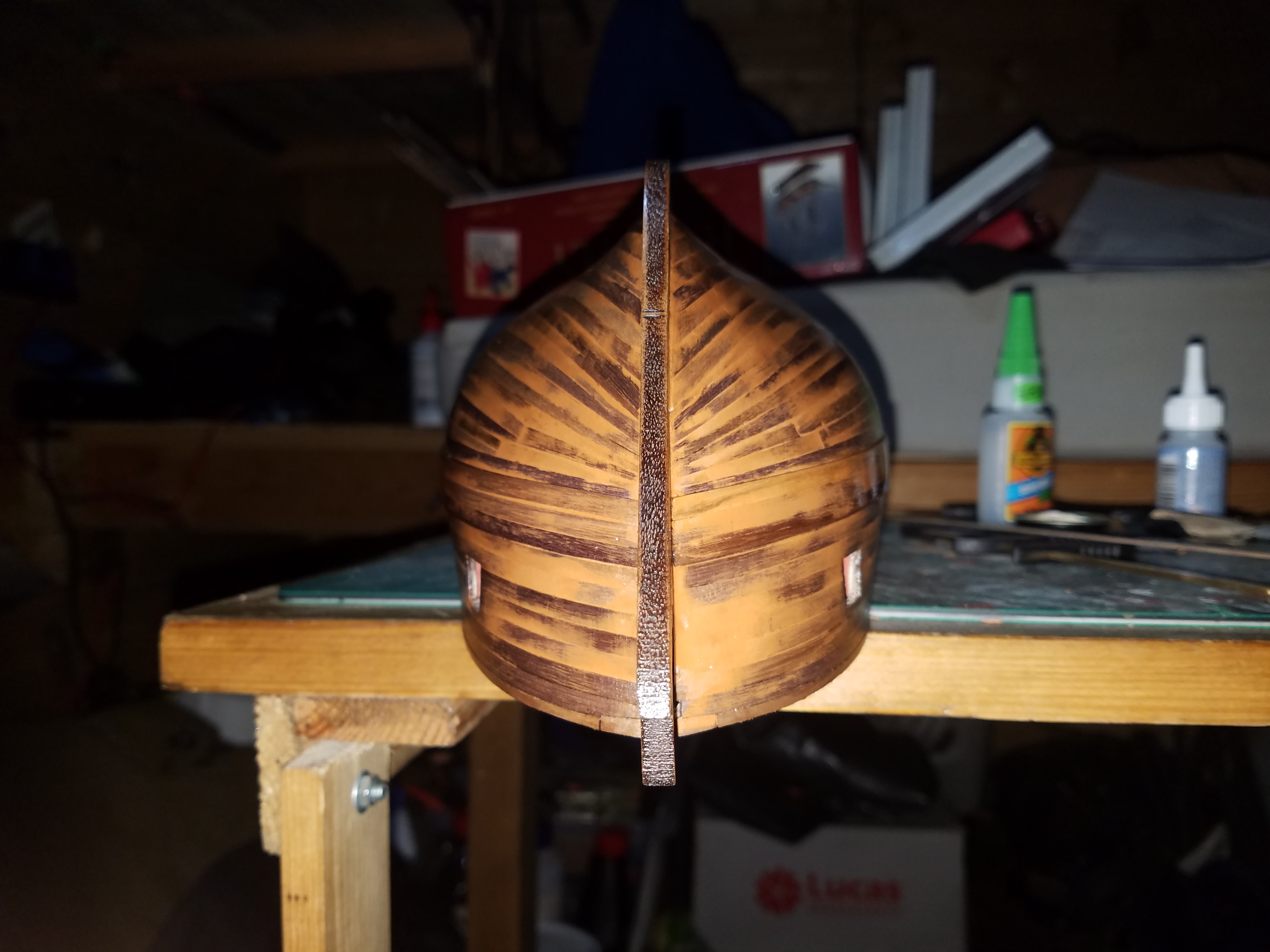
Sooty
Members-
Posts
76 -
Joined
-
Last visited
Profile Information
-
Location
Scottish Highlands
Recent Profile Visitors
The recent visitors block is disabled and is not being shown to other users.
-
 Ras Ambrioso reacted to a post in a topic:
HS Evros (A415) by Sooty - Scale 1:350 - Ammunition Ship - from the original plans
Ras Ambrioso reacted to a post in a topic:
HS Evros (A415) by Sooty - Scale 1:350 - Ammunition Ship - from the original plans
-
 GrandpaPhil reacted to a post in a topic:
HS Pleias (M240) by Sooty - FINISHED - Greek Navy minesweeper - as she appeared c. 1983
GrandpaPhil reacted to a post in a topic:
HS Pleias (M240) by Sooty - FINISHED - Greek Navy minesweeper - as she appeared c. 1983
-
 GrandpaPhil reacted to a post in a topic:
HS Pleias (M240) by Sooty - FINISHED - Greek Navy minesweeper - as she appeared c. 1983
GrandpaPhil reacted to a post in a topic:
HS Pleias (M240) by Sooty - FINISHED - Greek Navy minesweeper - as she appeared c. 1983
-
 GrandpaPhil reacted to a post in a topic:
HS Pleias (M240) by Sooty - FINISHED - Greek Navy minesweeper - as she appeared c. 1983
GrandpaPhil reacted to a post in a topic:
HS Pleias (M240) by Sooty - FINISHED - Greek Navy minesweeper - as she appeared c. 1983
-
 GrandpaPhil reacted to a post in a topic:
HS Pleias (M240) by Sooty - FINISHED - Greek Navy minesweeper - as she appeared c. 1983
GrandpaPhil reacted to a post in a topic:
HS Pleias (M240) by Sooty - FINISHED - Greek Navy minesweeper - as she appeared c. 1983
-
 GrandpaPhil reacted to a post in a topic:
HS Pleias (M240) by Sooty - FINISHED - Greek Navy minesweeper - as she appeared c. 1983
GrandpaPhil reacted to a post in a topic:
HS Pleias (M240) by Sooty - FINISHED - Greek Navy minesweeper - as she appeared c. 1983
-
 Old Collingwood reacted to a post in a topic:
Georgios Averof by GeorgeKapas - FINISHED - 1/700 - Diorama - Armored Cruiser
Old Collingwood reacted to a post in a topic:
Georgios Averof by GeorgeKapas - FINISHED - 1/700 - Diorama - Armored Cruiser
-
 Tony Hunt reacted to a post in a topic:
HS Evros (A415) by Sooty - Scale 1:350 - Ammunition Ship - from the original plans
Tony Hunt reacted to a post in a topic:
HS Evros (A415) by Sooty - Scale 1:350 - Ammunition Ship - from the original plans
-
 raysven reacted to a post in a topic:
Georgios Averof by GeorgeKapas - FINISHED - 1/700 - Diorama - Armored Cruiser
raysven reacted to a post in a topic:
Georgios Averof by GeorgeKapas - FINISHED - 1/700 - Diorama - Armored Cruiser
-
 GrandpaPhil reacted to a post in a topic:
HS Evros (A415) by Sooty - Scale 1:350 - Ammunition Ship - from the original plans
GrandpaPhil reacted to a post in a topic:
HS Evros (A415) by Sooty - Scale 1:350 - Ammunition Ship - from the original plans
-
Today I decided to try the hull below the waterline, and see how it turns out. It actually turned out great. I didn't bother with actual sections off the lines plan; instead, I just used a couple of profiles, sandpaper, files and my imagination (I am a Naval Architect by trade, so I can kind of visualise a hull off its lines plan). All balsa, but I split the lower half in two sides and I inserted a 'keel' cut off the profile, to help with the shaping. The model will be on a 'sea' diorama, so I won't bother much more with the bottom of the hull. Anyway! Enjoy the pics!
-
I always used a plane to taper the masts. I taper the dowels down to the required dimensions, first square, then octagons, then I sand them down to a circle. With a little practice, it is very hard to get this method wrong. You do need a well set-up plane with a very sharp blade though, and it can get messy if there are irregularities in the wood.
- 164 replies
-
- fly
- Victory Models
-
(and 4 more)
Tagged with:
-
Just started this one, after managing to get my hands on the original yard drawing with the help of an incredibly helpful Frenchman. This is a the build log of HS Evros (pennant number A415) of the Hellenoc (i.e. Greek) Navy. Hull and the major parts made of balsa, with some styrene sheets, copper tubing, stretched sprue, and leftover PE bits from previous builds of Liberty ships and destroyers. The ship started life in the mid 50s as 'Amalthée' (sister ships Enée and Borée), before being purchased by the West German Navy and used as an ammunition ship from the mid 60s till the mid 70s. She was then transfered to the Greeks, where she served till 2009. She spent the 2009-2020 period laid up in Souda Bay, with plenty of photos of her. My dad was her skipper for a couple of years in the mid 80s. Believe it or not, I went on a 3 day trip on her as an 8yo... different days, and I guess nobody would question the skipper 😂 I had a look to see if I could find any good photos of the boat. I was saddened to see that she was used as a missile & torpedo target in the summer of 2020. At least she now rests at sea, where she belongs. I decided to build the model with minimal references. While searching, I got in touch with a Frenchman who happened to know where I could find the original yard drawings. I will post the links later, as there are many mamy more drawings of other ships. Anyway, enjoy! The general arrangement plans, printed to 1:350, with a minesweeper for reference. LoA 80m.
-
It is likely to be July before my Fly can get outside to play again! I can of course keep building all the little pieces and finish the hull and the masts, then just wait till I am settled in before I install them and rig them up. Meantime, I will be watching your build!
- 59 replies
-
- Fly
- Victory Models
-
(and 1 more)
Tagged with:
-
 Sooty reacted to a post in a topic:
HMS Fly by Sooty - Amati/Victory Models - 1:64
Sooty reacted to a post in a topic:
HMS Fly by Sooty - Amati/Victory Models - 1:64
-
I've been very quiet 😂 I have not lost my modelling mojo, nor have I pressed on with the build and not posted about it. Just a major geographical move now being firmly on the cards, so I think it is best to leave the masts off the boat till she is her new (forever) home! All going well, there will be a mantlepiece over a fireplace!
- 59 replies
-
- Fly
- Victory Models
-
(and 1 more)
Tagged with:
-
Your first planking is absolutely gorgeous. Keen to see how your build will progress!
- 104 replies
-
- pegasus
- victory models
-
(and 2 more)
Tagged with:
-
 Sooty reacted to a post in a topic:
How much slack in breeching Lines?
Sooty reacted to a post in a topic:
How much slack in breeching Lines?
-
Ok, this is a pretty good video to watch, and it explains how they weighed anchor on HMS Victory. It talks about the messenger line and everything else involved! Apparently, it was a 5-6h job!
- 164 replies
-
- fly
- Victory Models
-
(and 4 more)
Tagged with:
-
The anchor cable had to be very thick to be able to take all the mooring forces, so you probably couldn't put too many turns over a capstan with it. Also, you probably wouldn't want to do that anyway, as it would mean running the cable all the way to the capstan, then to the hold. And -probably the main reason- you would never be able to handle the cable over the stoppers if it was under tension. Instead, they used to run a 'loop' of smaller diameter rope called a 'messenger', looped 3-4 turns over the capstan (for friction) and over to the bow (over a couple of rollers just in front of the manger boards). That piece of rope would run right next to the anchor cable, and it could be tied onto it along several spots to 'connect' the two ropes. You would turn the capstan, keep adding ties along the two ropes as they met, and remove them as the anchor cable was approaching the hole down to the holds. That way, the anchor cable was under no tension once past those ties, so you could handle it easily, turn it over the stoppers etc. I'll try and find a sketch for you, as it would probably explain it much better!
- 164 replies
-
- fly
- Victory Models
-
(and 4 more)
Tagged with:
-
I just drilled and filed off 1 square off the mid-ship hatch's grating, at the two fore corners. I will fill and stain the adjacent parts of the gratinf, to make it look like it's not part of the grating but a fixed part of the hatch coaming, and have the rope pass through the hole. It LOOKS like this is the way to go, but still not 100% sure. It appears that this is what it would be for weighing anyway, but I want to show it like it is about to be lowered, which could be different. I realised I should have installed the messenger rope a long time ago. This could be interesting 😂
- 164 replies
-
- fly
- Victory Models
-
(and 4 more)
Tagged with:
-
Crikey, that really is SOME build! Thanks for the tip!
- 59 replies
-
- Fly
- Victory Models
-
(and 1 more)
Tagged with:
-
It all makes sense, as those were boats which primarily sailed downwind or on a reach at best, e.g. the wind would always be away from the bow, unless riding on the anchor. Speaking of anchors, any idea how the anchor cable would normally be riding over/around the stopper bits, when the anchor was secured for sailing? I am planning to set up the ship to look like she has just arrived somewhere; one anchor stowed, one anchor hanging from the cathead ready for lowering, the ship's boat being lowered and all but a couple of sails furled. I am confused as to how the cable would run for the stowed anchor and this is what I had in mind;
- 59 replies
-
- Fly
- Victory Models
-
(and 1 more)
Tagged with:
About us
Modelshipworld - Advancing Ship Modeling through Research
SSL Secured
Your security is important for us so this Website is SSL-Secured
NRG Mailing Address
Nautical Research Guild
237 South Lincoln Street
Westmont IL, 60559-1917
Model Ship World ® and the MSW logo are Registered Trademarks, and belong to the Nautical Research Guild (United States Patent and Trademark Office: No. 6,929,264 & No. 6,929,274, registered Dec. 20, 2022)
Helpful Links
About the NRG
If you enjoy building ship models that are historically accurate as well as beautiful, then The Nautical Research Guild (NRG) is just right for you.
The Guild is a non-profit educational organization whose mission is to “Advance Ship Modeling Through Research”. We provide support to our members in their efforts to raise the quality of their model ships.
The Nautical Research Guild has published our world-renowned quarterly magazine, The Nautical Research Journal, since 1955. The pages of the Journal are full of articles by accomplished ship modelers who show you how they create those exquisite details on their models, and by maritime historians who show you the correct details to build. The Journal is available in both print and digital editions. Go to the NRG web site (www.thenrg.org) to download a complimentary digital copy of the Journal. The NRG also publishes plan sets, books and compilations of back issues of the Journal and the former Ships in Scale and Model Ship Builder magazines.

